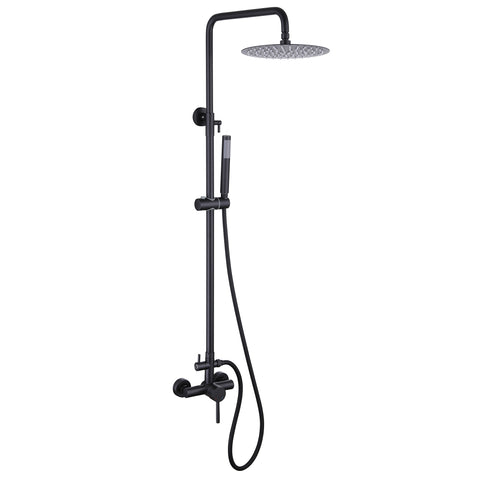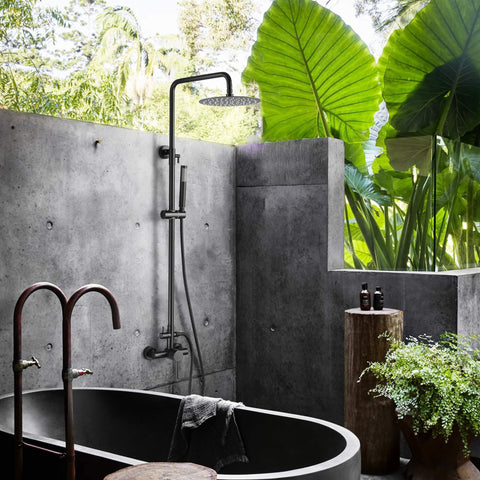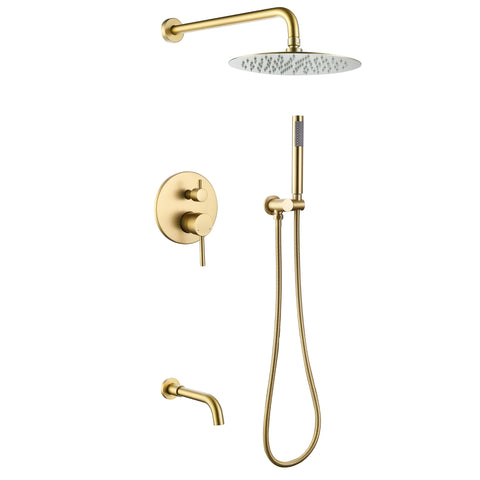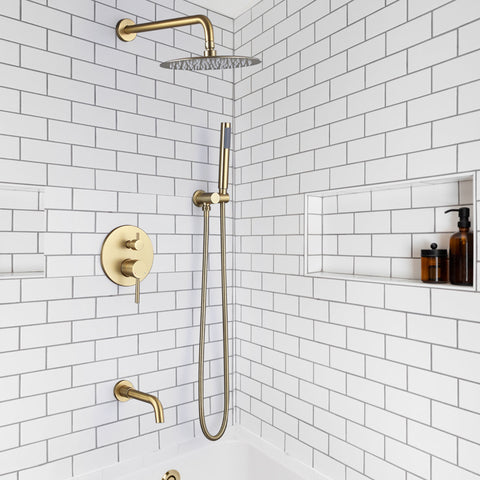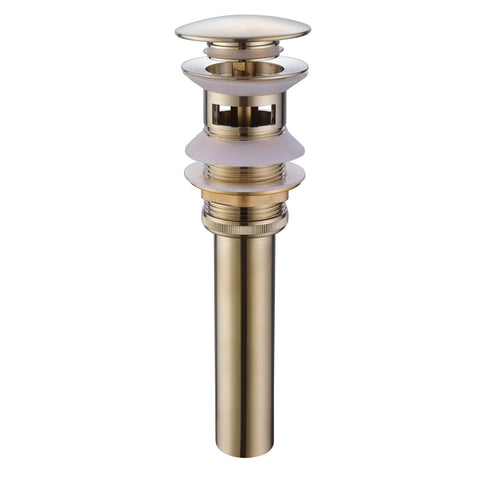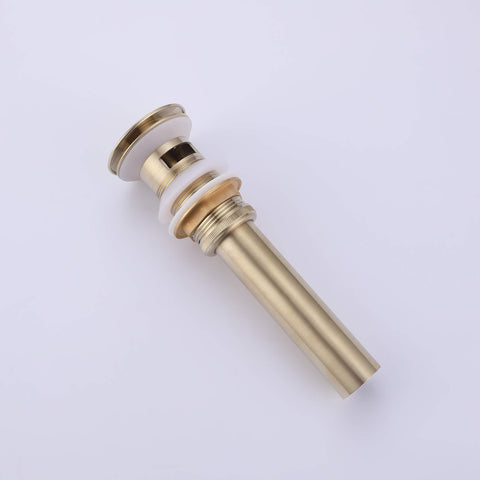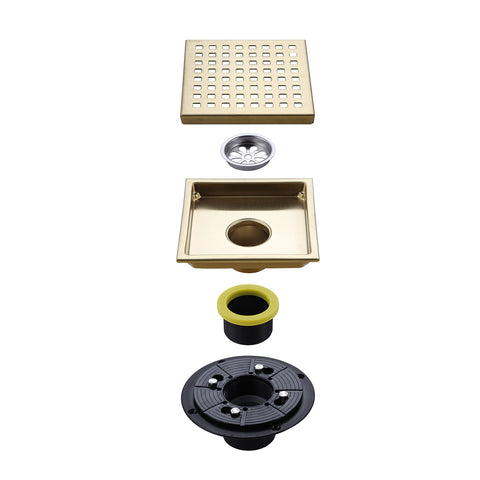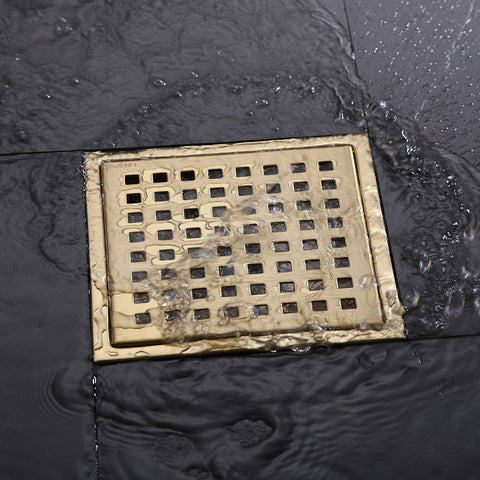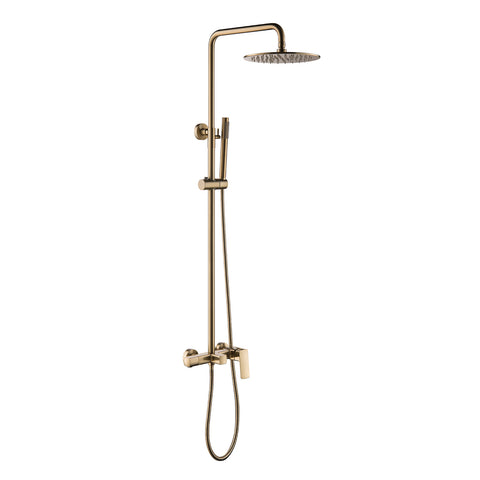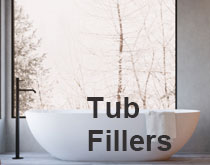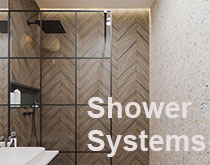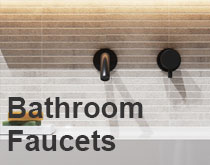The Pros and Cons of Stainless Steel Kitchen Faucets
When it comes to choosing a kitchen faucet, there are many materials to consider, and one of the most popular options is stainless steel. Stainless steel kitchen faucets offer a range of advantages and a few disadvantages. In this blog, we will explore the pros and cons of choosing a stainless steel kitchen faucet for your home.
Advantages of Stainless Steel Kitchen Faucets
- Durability: Stainless steel is renowned for its robustness. It’s corrosion-resistant, so your faucet won’t rust or tarnish over time, making it ideal for kitchens exposed to moisture and daily use.
- Sleek and Timeless Aesthetics: Stainless steel faucets offer a modern, timeless look that complements a wide range of kitchen styles, from contemporary to traditional.
- Easy to Clean: A quick wipe with a damp cloth can restore their shine, making them a low-maintenance choice for busy households.
- Resistant to Stains and Fingerprints: Unlike chrome or brushed nickel, stainless steel resists smudges, keeping your faucet looking clean longer.
- Temperature Resistance: Stainless steel withstands extreme temperatures without warping or discoloring, perfect for kitchens using hot and cold water frequently.
- Hygienic: Being non-porous, stainless steel resists bacteria and germs, contributing to a cleaner, healthier kitchen.
- Variety of Styles: Available in many styles to match different kitchen designs, ensuring you find the perfect fit.
Disadvantages of Stainless Steel Kitchen Faucets
- Higher Cost: Stainless steel faucets tend to cost more than those made of plastic or lower-grade metals, but their longevity often offsets the initial investment.
- Weight: They’re heavier than many alternatives, potentially requiring extra support during installation.
- Water Spots: While relatively resistant, water spots can still form, especially in areas with hard water. Regular cleaning helps minimize this issue.
- Limited Color Options: Typically available only in silver or stainless finishes, which may not match every kitchen palette.
- Potential for Scratches: Stainless steel can scratch if abrasive cleaners or pads are used, so gentle cleaning methods are recommended.
- Water Temperature Sensitivity: The faucet surface may become uncomfortably hot or cold depending on the water temperature running through it.
Conclusion
Stainless steel kitchen faucets offer many advantages, including durability, easy maintenance, hygienic properties, and timeless aesthetics. While they may cost more upfront and require careful cleaning to avoid scratches, their long-term performance and style often make them a worthwhile investment. If you value longevity, cleanliness, and a sleek modern look, a stainless steel faucet could be the perfect addition to your kitchen upgrade.
